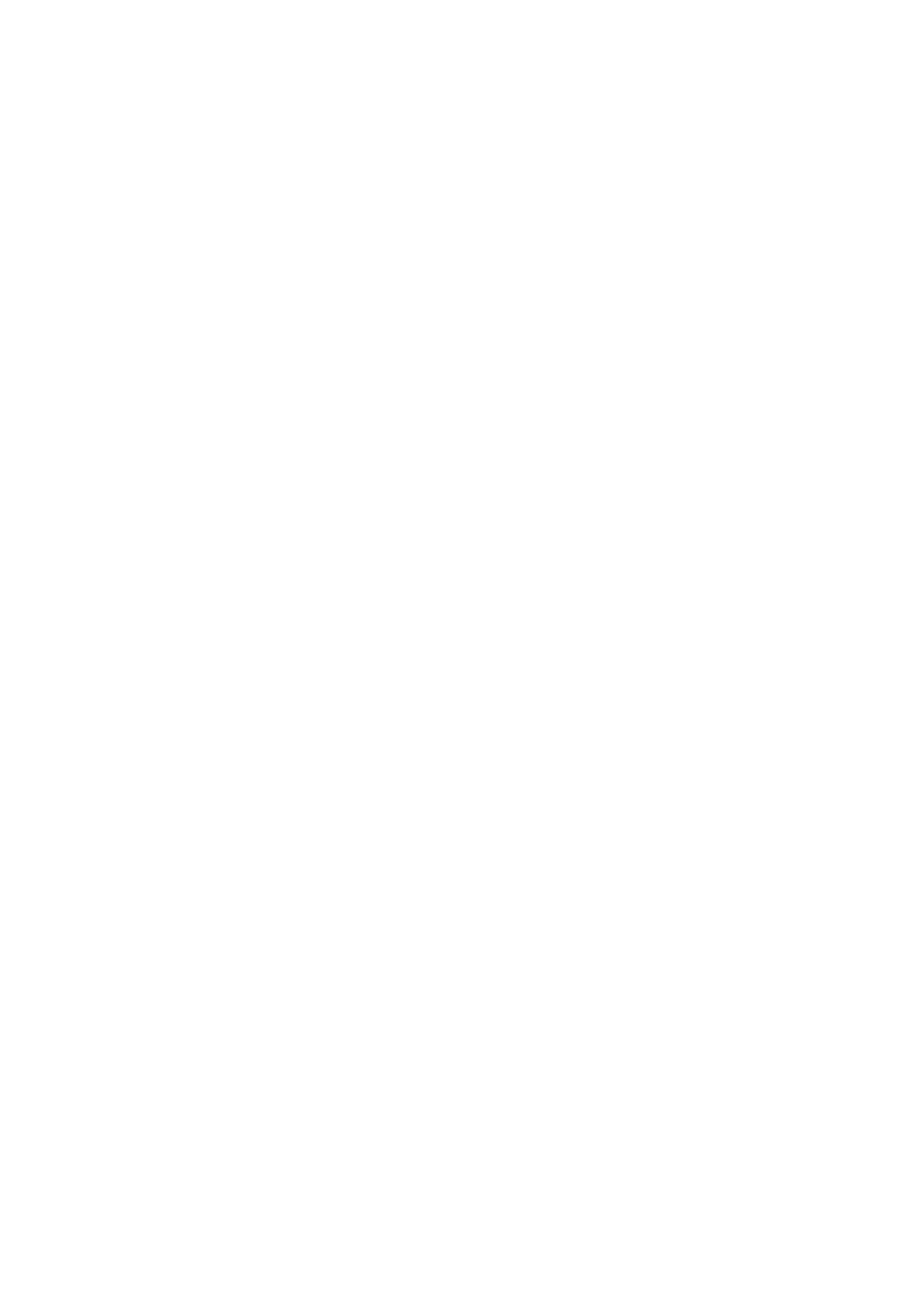
2
that, and prevents sterility, too, by introducing
an Irritation, an uncertainty whether what we
are presented with is really quite as absolute as it
seems.
When looking at this work the viewer will feel
reminded of various artists who have done
comparable things. Labuda does not deny it,
and does not wish his works to deny it: that a
maker of this kind of object stands an the
shoulders of others. He and his works do not
pretend - in 1990 - that one has to begin at
Genesis if there have been others before us. So
the fascination of these works does not reside
alone in their newness and their resolve to go all
the way, artistically, but also - and indeed not
least - in that we see new things in them and
through them. Both the new and the known
unfold in these works. Drawing and Relief find
their equivalent in the Print, where, on the one
hand the principle is restated, on the other,
however, it becomes correspondingly modified
for the other medium. On pale, coloured ground
the great form develops in black. No longer is it
the lines which determine the composition, but
the shapes themselves which in their hard
definition create a conscious contrast to the
intentionally empty background. A third colour,
a subdued brownish red, finds its place.
Decisively important in these compositions is
their exactitude. The prints have this, as do all
Labuda's works. The feel for an exact spacing of
the forms being described within the rectangle
against each other and, again, against the
context of the whole sheet, creating a
correspondence between positive and negative -
that feel is stupendous. The technical control is
absolute. This, though, is not reducing it to a
matter of craft. Exactness, completeness, purity
and balance are all integral parts of the works;
they are elements of the statement itself.
It is the Sign that unites everything; the medium
can differ. Drawing, Print or Relief can have it as
their content, and the Photograph, too. Labuda's
Photographs - and indeed he is most widely
known as a photographer - capture Signs. The
depictions themselves are the result of a careful
purifying which anything random or accidental
has been rejected. In this he does not invent; he
finds. With the camera he captures what
originally had come, quite accidentally, to be on
a wall: structures, scribblings, wires, the posted
and the torn. Collage, De'collage, Scriptural or
Constructive Art - it almost seems as if one had
no need to have invented them at all; it is
already there, made by others with another or
with no intention at all. One only has to look at it
and capture it. One only has to focus the camera,
point it at the right subject at the right moment.
The result is a picture full of excitement, secret
messages and intense questioning of reality.
There is no need for manipulation. The
invention is unintention; the artistic element is
getting it right. Thus it would be wrong - as the
Photographs suggest - to speak of Informal Art
as the starting point, of Tapies, perhaps, or other
Collagists, Dècollagists, etc, for Labuda is of
course not creating these Art forms in his
pictures, but tracking them down in what was
originally fortuitous. His work is not left to
artistic accident, however, and certainly not
arbitrary. Doubtless, the Art forms mentioned
have made his and our vision keener - for him in
finding, for us in viewing - and certainly it may
please an artist or a photographer to find, as it
were, a Vostell, a Schumacher or a Tapies on the
street and by his actions distill it from the range
of optical impressions an offer. But he is still not
the progenitor of the image.
That is the attraction of these works, but not that
alone. One does not need to know the technical
side of photography to comprehend their
matchless precision, just as one need not be an
engineer to do justice to the Prints and Reliefs. It
is not analysing the efforts that went into this Art
that gives the pleasure, but the result - and that
is fascinating.
* Dr. Gerhard Gerkens (1937-1999) was a German Historian and Art-Historian. Until 1986 Dr. Gerkens was
curator-in-chief of Kunsthalle Bremen. Thereafter he became director of the Museums in Lübeck, where
he worked until his death in 1999.


